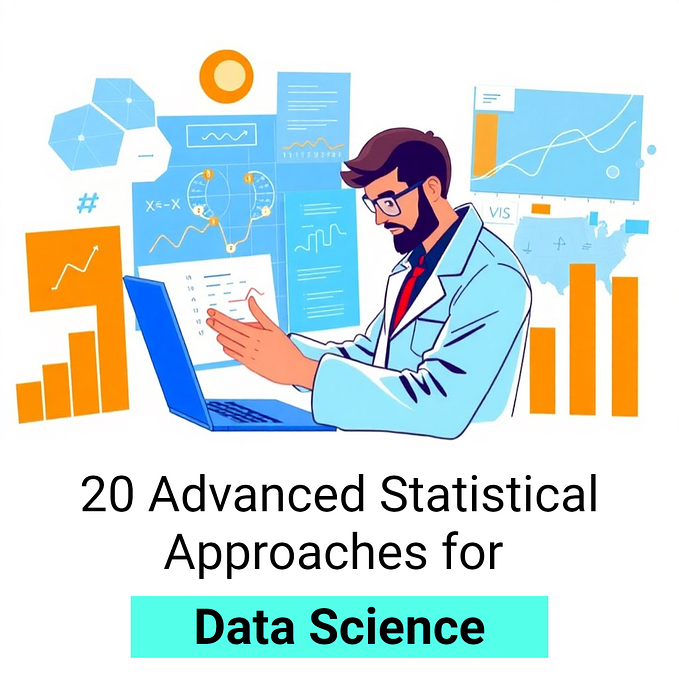The importance of data to understand the human elements of our situation

Over these past few weeks I have drawn on my expertise in humanitarian relief in ways which I could not have anticipated. I have rapidly come to realise that one glaring gap that exists for organisations supporting civil society in the UK is the absence of the practical application of data for decision making. As we rapidly shift gears to collect data from all corners of the UK social support infrastructure I realise how lucky I was in conflict zones and humanitarian emergencies to have sight of data so regularly, and so clearly, to guide our decisions.
To be clear I am not saying that population data sources in the UK are weak, actually I attribute the glaring gap I feel to my own lack of knowledge on where to look for the data sets I need. But therein lies the problem, the data doesn’t feel accessible, and this is partly due I believe to a certain attitude towards data that I’ve only just started to recognise. At the moment my mind is racing and quite full, so unfortunately this piece may seem like a ramble. But I can’t help thinking it might be useful to explain how things work in an emergency context, in order to make sense of the information we have (and don’t have) at our finger tips right now.
Let’s start with my reflections of my humanitarian days. I was, what is known in the field, as a ‘generalist’. I worked with specialists — mostly doctors, nurses, nutritionists, logisticians (which is a very valued skill) and sanitation experts. As a programme manager my job was to make sure all these specialists had the equipment they needed, the transport they needed, the staff they needed and the conditions they needed to do their job. To work all this out we all relied on data. Data about the number of illnesses, particularly the incidence rate of specific illnesses such as meningitis, measles and malaria. Data about the populations we were working with how many children under 5, how many women of child bearing age, how many people over the age of 65. Data about how much equipment we needed, based on the type of emergency and incidence rate of illnesses, data about how many tonnes of equipment which would need to be shipped or carried by air to a destination. Data about how much all of this would cost. Each person in our team used data to make decisions on a daily basis. It was in this job that I would regret not paying attention in maths GCSE. I would however be glad that when asked the question, in my first job interview, ‘Can you use excel’ I said ‘yes’ and then bought a whole text book about using excel because I didn’t actually know but I knew I could learn.
My point is data was part of our language. Sometimes we had to make pretty big decisions without any evidence, particularly during the initial stages of an emergency. However there was always some data we could draw on to make pretty reliable assumptions.
There were three key data sources at the centre point of our way of working:
1. The Sphere Standards
2. Needs assessments which would be carried out on the ground
3. Household surveys
I wrote briefly about The Sphere Standards and Needs Assessments in this blog. So here I will briefly mention why household surveys are important.
A household survey is a process whereby a sample number of households are selected in a given region or country and are surveyed to gather basic economic and demographic information at a household level. The information collected is both quantitative and qualitative. In some countries household surveys are carried out annually. During emergencies household surveys are often a tool for assessing needs and are carried out much more regularly. If you’re interested an example this is a useful one from UNOCHA Somalia which is known as a Multi-Cluster Rapid Needs Assessment. This covers a standard range of information areas including water and sanitation, food, non-food items, health, shelter, protection, education, social support and protection, information and needs. As an example the types of questions asked are:
- Do you pay for the water?
- What are your main challenges associated with your access to food (select only 2 problems)?
- What type of shelter does your household live in?
- Which of these items are available in local markets?
- Has your household experienced any difficulties or shocks in the past month that have affected your livelihood?
- Is your household currently able to access medical/health services?
- Do you feel you or your family are not safe or protected where you live?
- Are your school‐age going children able to access education?
- Do you access to enough information about what is happening or what services may be available?
Gathering this information gives a deep insight into household, and community needs, in a relatively short space of time. Decisions about how to respond at a community level are made by rapidly assessing different data sources to form a picture of urgent and immediate needs.
Everyone knows where to access the data they need to make these rapid decisions.
There are, of course, data gaps. I remember being extremely frustrated when trying to advocate for funding support for education for girls and funding for sexual and reproductive health when there was simply no data collected to support the need. So the process wasn’t perfect, but one thing that I took for granted was the sense of knowing where to go to form a picture of the evidence of needs.
Now, today, I find myself rather lost. In the context of COVID-19 we must gather data on the real and emerging needs of charities. We must understand what is happening at a household and community level. But we must also understand that COVID-19 will compound existing situations.
In the humanitarian context I used to work in we would look at ‘at risk’ populations, their situations would be compounded to become more at risk. We would look at ‘vulnerable’ and ‘invisible’ groups, their situation would be compounded and they were at risk of becoming more vulnerable and more invisible. In trying to assess the existing situation I realise there are two key pieces of information I’m missing — an understanding (from a data perspective) of who are the most vulnerable and who are most at risk. I am not talking about those ‘at risk’ in the context of COVID-19 only, I’m talking about those whose situation who will be compounded by the virus. We don’t seem to talk about these populations coherently at a national and regional level, we look through lenses shaped by the particular problem we’re assessing.
One technique which is common practice when gathering data in humanitarian settings is a gender equality lens. It is baked into the way that humanitarians think (or it should be at least) so it tends to come quite naturally. I think we have a way to go outside of humanitarian emergencies to put this at the centre of our approaches. This is a good resource from SIDA, which explains that:
A gender equality perspective in humanitarian assistance takes into account that:
• Crises affect women, girls, boys and men differently;
• Existing power inequalities between women and men exacerbates during crisis;
• Women, girls, men and boys have different needs and different coping mechanisms;
• Women, girls, men and boys have different opportunities to benefit from support; and
• Women and girls are an important resource in designing and delivering humanitarian assistance.
In the UK we have a census every 10 years. Rather than me explain why I think this is inadequate in this day and age here’s an article explaining how ‘Professor Sir Ian Diamond, the UK’s National Statistician, is reportedly exploring whether the data typically collected in the compulsory census could be gathered from other sources including the Ordnance Survey, GP registrations, council tax records and driving licences. This information could also be supplemented by additional surveys.’
So, my point is, accurate and up to date population data is so very important in times like these. It’s important for us all in the decision making processes we’re part of when supporting civil society groups and organisations.
So where do we go for the information we need? Here are some resources I was pointed to after posting on Twitter:

The English Index of Multiple Deprivation (IMD) 2015: National and local organisations use the Index of Multiple Deprivation, sometimes in conjunction with other data, to distribute funding or target resources to areas. It is widely used across central government to focus programmes on the most deprived areas. Locally, it is often used as evidence in the development of strategies, to target interventions, and in bids for funding. The voluntary and community sector also uses the Index, for example, to identify areas where people may benefit from the services they provide. (sent by @NissaRamsay)
Centre for Humanitarian Data: a UNOCHA resource I wasn’t aware of until Dama brought it to my attention. There’s a range of information on food security, health, education and COVID-19 indicators. The data sets are not a complete as they might be in countries experiencing humanitarian emergencies more regularly (where data sets are more regularly collected) but this is still a really useful resource.
From ONS the Official Labour Market statistics: Nissa pointed me to free access to detailed and up-to-date UK Labour Market statistics from official sources. Which allows you to:
· design and define your own analysis for a wide range of statistical geographies
· build your own geographic areas and compare with others areas
· produce summary reports for individual areas
· produce detailed analysis for multiple geographic areas
The Scottish Index of Multiple Deprivation: identifies the areas of multiple deprivation in Scotland. Thank you John for signposting me to this. I remember looking at this when doing some work for Help for Heroes when I lived in the Highlands, understanding Scotland through this lens was really insightful, particularly the impact of rural vs. urban settings on deprivation.
Poverty and social exclusion resource catalogue: I actually having had chance to review these in more detail yet but it looks like these resources would provide a holistic insight to poverty and social exclusion metrics across the UK (sent by Kate Gallant)
Turn2us Benefits Calculator which calculates entitlement to means-tested benefits and carers allowance, ever so important right now. Sounds like Social Invest are using data from this calculator — but I’m going to find out more from Jo Kerr who pointed me to this!
Gaia Marcus, who I knew would have some great resources to signpost me to, asked ‘whatcha trying to do’. That’s a good question. I suppose I realise that I know a lot less about the populations the charities we work with are supporting at this time, and I’m less aware of how COVID-19 might compound existing situations than I would probably be in a humanitarian emergency setting. So it’s on me to build my knowledge. However it does feel like there should be a more accessible data source, for generalists to support decision making. Right now it feels like there’s lots of rich resources but it’s up to me to dig out the information I need. If that’s the case what about the information I don’t know I need, if I don’t look for it I’m potentially not going to find it. In closing, I think there’s a huge opportunity to redesign what a UK census might look like, dare I say the time is now to seize the day?










